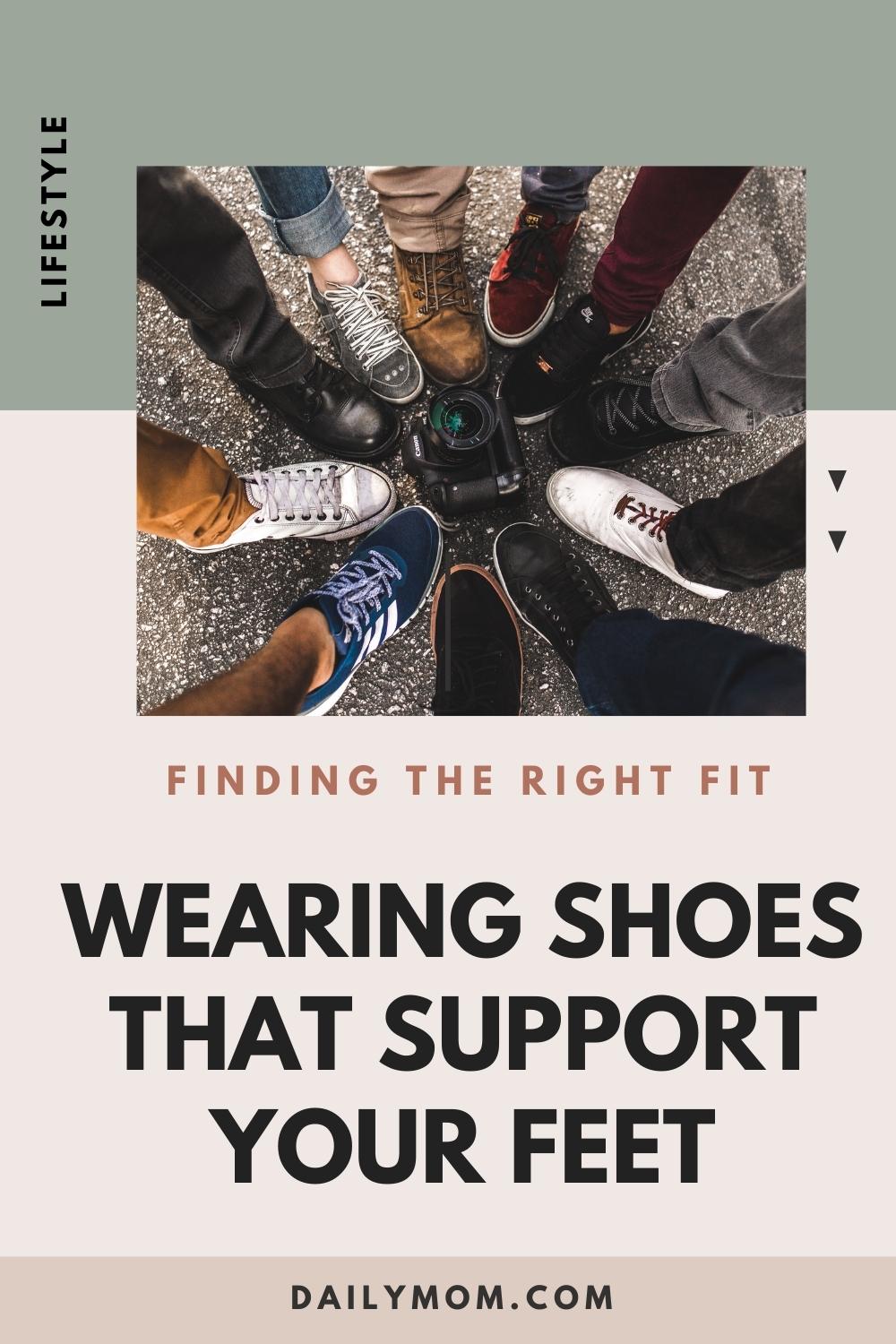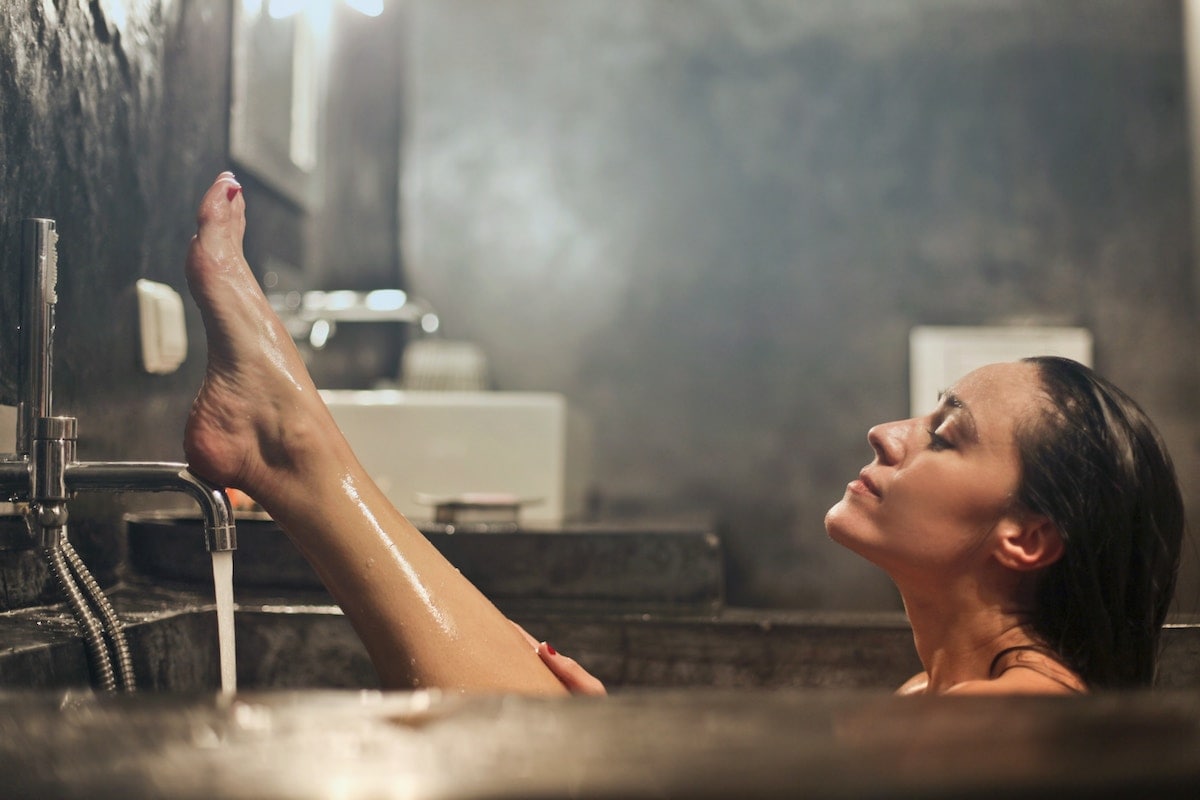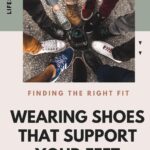Have you ever wondered how shoes should fit? Do your feet ache after a long day at work? Are you sure you’re buying the right shoes for your feet? If any of these questions have ever crossed your mind, keep reading! In this article, we have multiple tips for finding the right shoes for your feet.
How Shoes Should Fit: Understanding Shoe Vocabulary


When you wear shoes, what part of your feet hurts the most? Is it the upper? The toe box? The heel? The arch? Most people know what the heel and arch of the shoe are. But do you know what the upper and toe box is? Understanding how shoes should fit begins with some basic shoe vocabulary. Using diagrams like the one above – courtesy of Shoe Guide – we’ll talk about the four parts of the shoe known to cause the most discomfort. We’ll also discuss the physical issues that can result when people decide to sacrifice comfort for fashion.
Toe Box
Antonia Saint NY defines the Toe Box as the part of the shoe where your toes are. If the toe box is too small it will pinch your toes. Women’s dress shoes that have pointy toes are notorious for causing discomfort in the toe box. But even shoes with wider toes can cause discomfort. If the toe box is low and the top of your toes rub against it, they will hurt.
Ideal shoes are shoes that have a toe box with the perfect amount of room for your toes, both on top and at the tips. As reported by Natural Footgear, most conventional shoes are wider at the heel and narrower at the toes. This unfortunate fact isn’t good for the health of our feet. Cramped toes can lead to adverse health conditions.
The Top Line
The top line of the shoe – as defined by Pure Polish Products – refers to the edge of the upper that comes into contact with the top of the foot. The upper is the top part of the shoe that extends from the toes to the middle of the foot. Shoes made of leather or plastic are typically those that cause pain to this part of the foot. The good news is this problem can be fixed. Balling up a washcloth or towel and shoving it down into the shoe can help stretch the top line so it feels more relaxed the next time you wear those shoes.
The Collar or Counter
Shoe heels have an interesting history as noted by Lottuse Magazine. During ancient times it was believed that men wore shoes with heels on them so they wouldn’t stain their feet while slaughtering animals. Later, heels were used to help horseback riders keep their feet inside of the stirrups. Lottuse Magazine also reported that it was sometime in the 18th century that heels were used to give shoes a more feminine look.
The feminine look heels gave to shoes was the point in history when men stopped wearing that style. However, more subtle heels were used on men’s shoes to make men appear taller. Also, the heels of shoes are used to give wearers more balance and to increase the durability of the shoe, allowing the sole of the shoe to last longer.
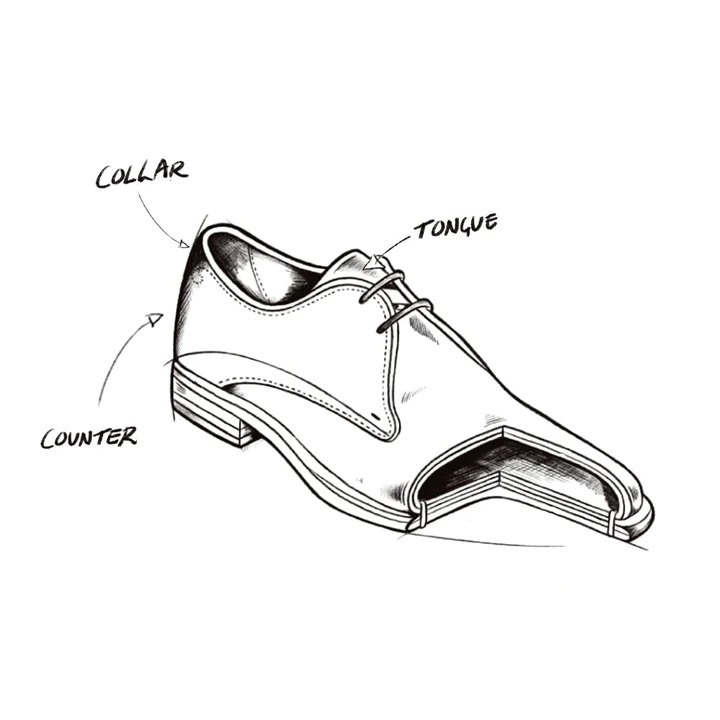

But increased durability and better balance don’t mean anything if the heel of the shoe cuts into the heel of your foot. When it comes to discomfort in shoes, some people complain about the heel of the shoe causing pain. But the truth is, the part of the shoe people are complaining about is either the collar on a man’s shoe, according to Oliver Sweeney, or the notch on a woman’s shoe, according to Style and Fashion Tips.
Arch
The arch is one of the most important parts of our feet. As stated by Sol Foot, the arch bears our weight and supports us when we’re walking or running. It also helps us stay balanced when the surface under our feet changes and arch supports help distribute pressure across our feet. WebMD noted that without good arch supports, over time complications such as plantar fascia can result. Despite the benefits, most dress shoes don’t offer built-in-arch supports. The good news is, arch supports for either dress shoes or athletic shoes are available for purchase.
READ MORE: Back to Work Clothes, Shoes, and More For Professionals
Complications Caused by Wearing the Wrong Size
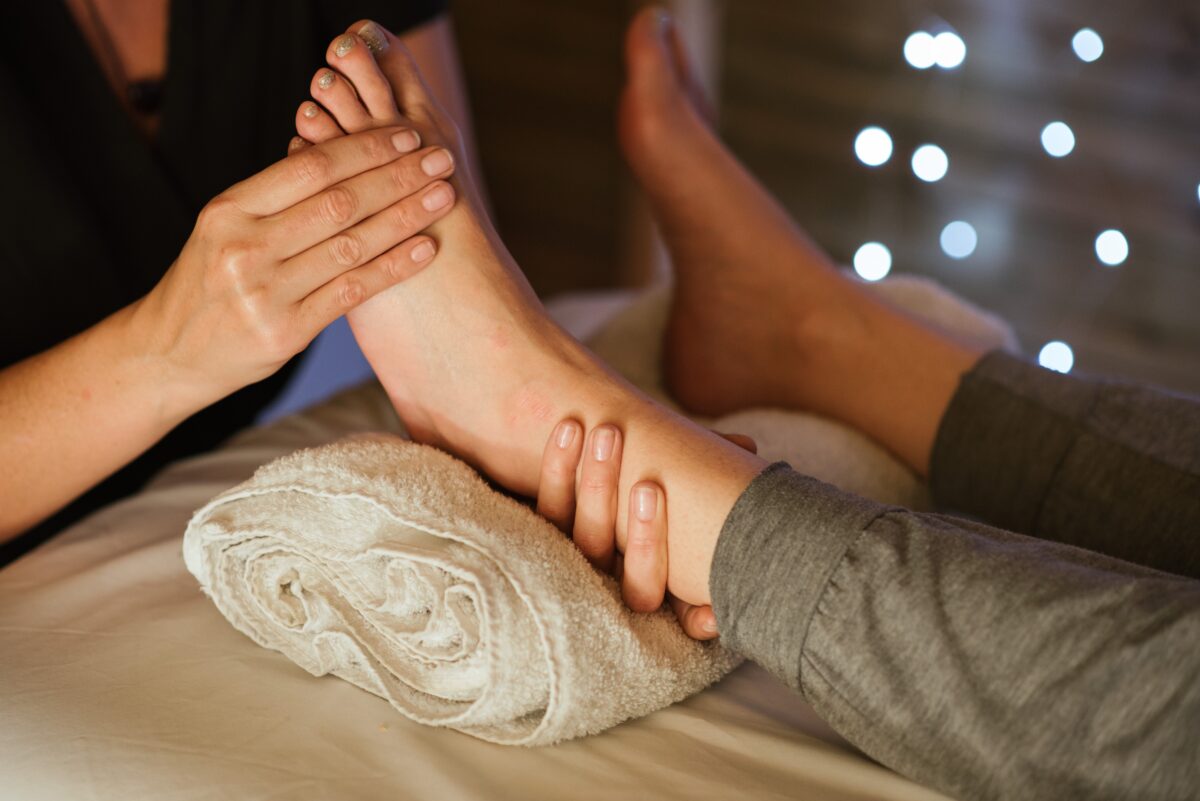
Anyone who has ever worn the wrong-sized shoes has felt the pain of blisters, sore heels, and raw toes. Did you know that wearing the wrong shoes for your feet can cause other complications? If you’re wondering how prevalent wearing the wrong-sized shoe is, VeryWell Health reported that only 28 to 37% of people are wearing shoes that are the right width and length. Keep reading to learn a cautionary tale about shoes and how they can cause more serious health problems than just sore feet.
Arizona Foot Center reported several conditions that can be caused by ill-fitting shoes. Those complications include plantar fasciitis, bunions, and corns. Professionals working for Piedmont found that individuals who wear ill-fitting shoes are more likely to contract fungal infections. The Foot and Ankle Specialists found that repeatedly wearing the wrong-sized shoes is linked to neuropathy – a condition that leaves feet feeling numb.
According to Healthline, the hammer toe can be a deformity first discovered right after birth. In other cases, it’s a deformity that results over time. Hammer toe presents as either the second or third toe bending downward instead of pointing forward. There are multiple reasons for the development of hammertoe: a high foot arch, arthritis, and wearing shoes that don’t fit your feet.
The Cleveland Clinic has a few suggestions to help avoid hammer toe. It’s advised that individuals – women in particular – avoid wearing shoes that are too narrow and offer no arch support. Pay attention to how shoes should fit and wear more sensible shoes – those with a wide or deep toe box can prevent hammer toe.
The Foot and Ankle Specialists of Nevada noted that individuals who wear ill-fitting shoes are more prone to falling or tripping over their own feet. VeryWell Health found from a 2017 study, that of the individuals who suffered from peripheral neuropathy – the feeling of pins and needles on the bottom of the feet – 86% of the participants in the study were wearing ill-fitting shoes.
READ MORE: A Savior for Stinky Sockless Feet
How Shoes Should Fit
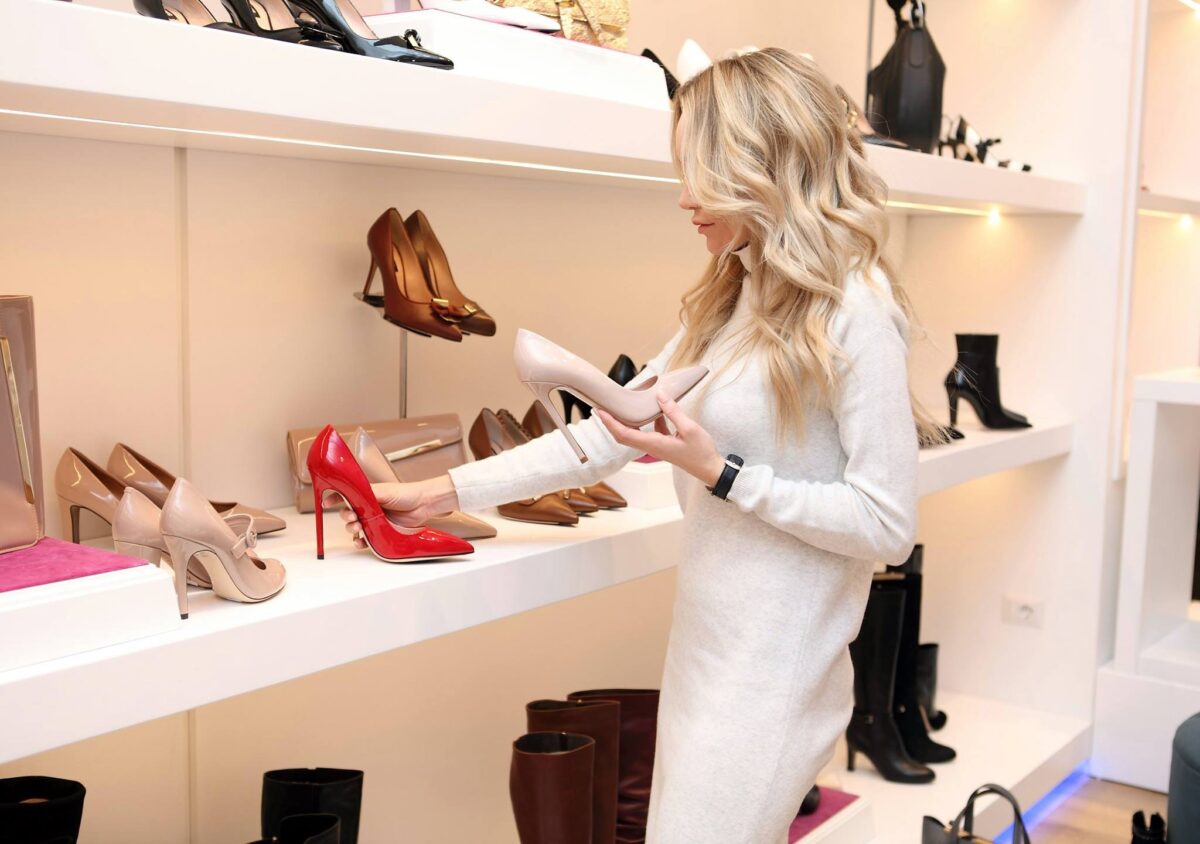
When trying to figure out how shoes should fit, there are several tips to consider. FootCareMD® recommends that everyone have their feet measured. Over time, the size of adult feet will change. Suda’s Fit Foot suggested that adults measure their feet at least once per year. When you do have your feet measured, FootCareMD® advised doing so in the late afternoon or evening. The reason for this is that your feet tend to swell during the day as people are on their feet working. It’s best to try shoes on after your work shift so you can find shoes that will be comfortable all day long.
VeryWell Health advised taking three measurements of your feet: arch, length, and width. The arch support plays a big role in how shoes should fit properly. Having a friend or family member around to help you take these measurements is ideal. To measure the arch, begin at the heel and extend the measuring tape to the ball of the foot.
Never sacrifice comfort and support for style! Shoenvious reported that many people will buy a shoe that doesn’t fit quite right because it’s cute or the right color. Don’t do this! Make sure all parts of the shoe feel good when you’re trying the shoes on. If any part of the shoe doesn’t feel good now, it’ll probably still hurt as time goes on.
One of the last tips FootCareMD® offered for finding the right-size shoe is after putting the shoes on stand up in them and check how much room there is at the toe. It’s recommended that there be at least 3/8″ to 1/2″ of room at the toe. As we mentioned earlier, crowded and cramped toes could lead to a hammertoe or a fungal infection down the road. Not to mention the pain that comes with cramped toes.
READ MORE: Not Your Mama’s Shoes
How Often Do You Need to Replace Your Shoes?
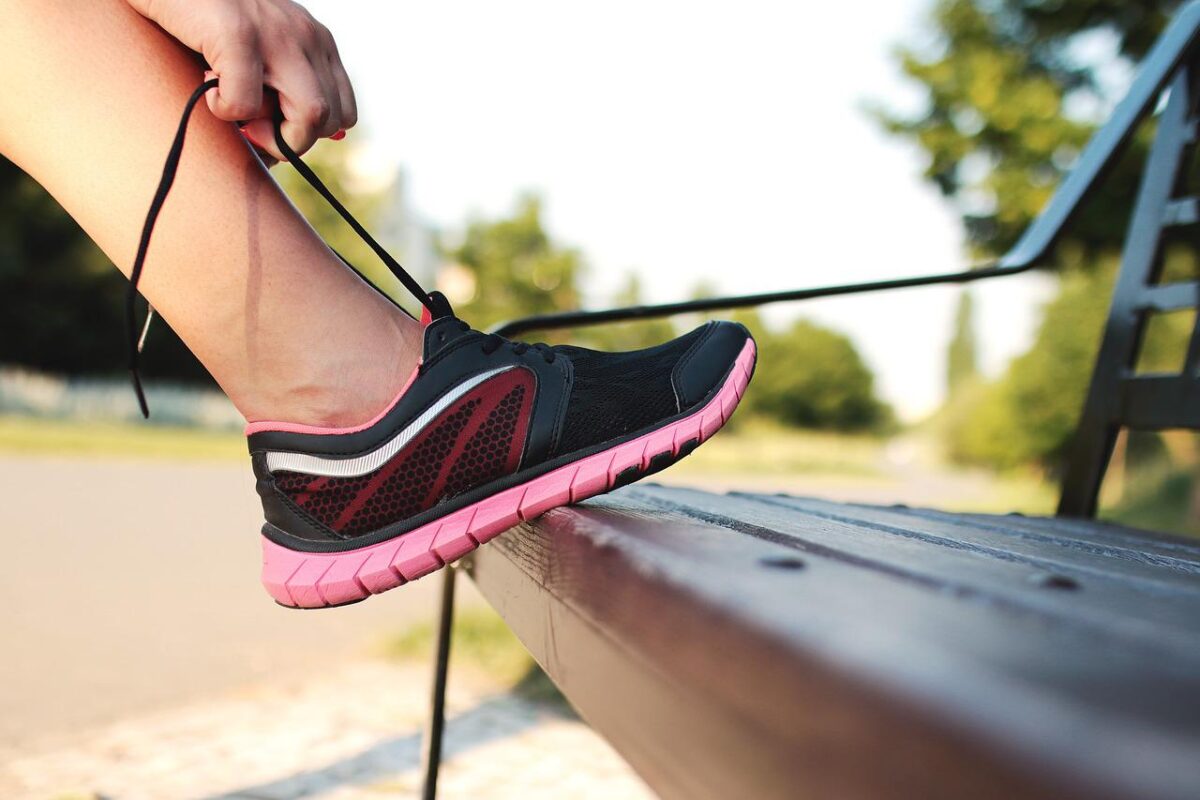
Knowing how shoes should fit is only part of the battle. Once you find a shoe that fits, you also need to know when to replace that shoe. How often you should replace running shoes will depend on how often you wear them and the amount of distance you travel in them. REI noted that running shoes should be replaced after every 300-500 miles which equals about 15-20 miles per week of walking or running over four to six months. If you’re an avid runner and your feet ache more than usual after a run or walk, it’s probably time to replace your shoes.
Orthosole advised replacing shoes as soon as they’re no longer comfortable or as supportive as they once were. They also recommended examining the soles of the shoes for thinning. If the soles appear thinner than they once were, it’s probably time to trade them in for a new pair. Work boots, as noted by Orthosole, should also be replaced more frequently to ensure your feet stay supported.
The Shoe Stopper recommended replacing dress shoes when the leather is cracked or when the soles are worn out. If you have a pair of dress shoes you wear frequently to work, they will have to be replaced sooner than that pair of shoes you only break out for really special occasions.
READ MORE: The Best Spring Shoes for the Family {2021}

Knowing how shoes should fit your feet is more important than most people realize. We hope the tips shared in this article will help you find shoes that are both fashionable and comfortable. Remember, if you have to choose one attribute, pick the comfortable shoe. You were only given one pair of feet. Take care of them. Do you have a pair of shoes that are both fashionable and comfortable? If so, we’d love to know which ones. Tag us on Facebook or Instagram.
WANT TO READ MORE?
Check out Daily Mom’s Pediped: From Preschool to Elementary, The Best Shoes for Back To School.
💖 NEWSLETTER: DAILY READS IN YOUR INBOX 💖
Sign up to receive our picks for the best things to do, see and buy so you can relax and focus on more important tasks! Let us help you be the best version of yourself you can be!
GET MORE FROM DAILY MOM, PARENTS PORTAL
Newsletter: Daily Mom delivered to you
Facebook: @DailyMomOfficial
Instagram: @DailyMomOfficial | @DailyMomTravel
YouTube: @DailyMomVideos
Pinterest: @DailyMomOfficial
📌 LOVE IT? PIN IT!📌
